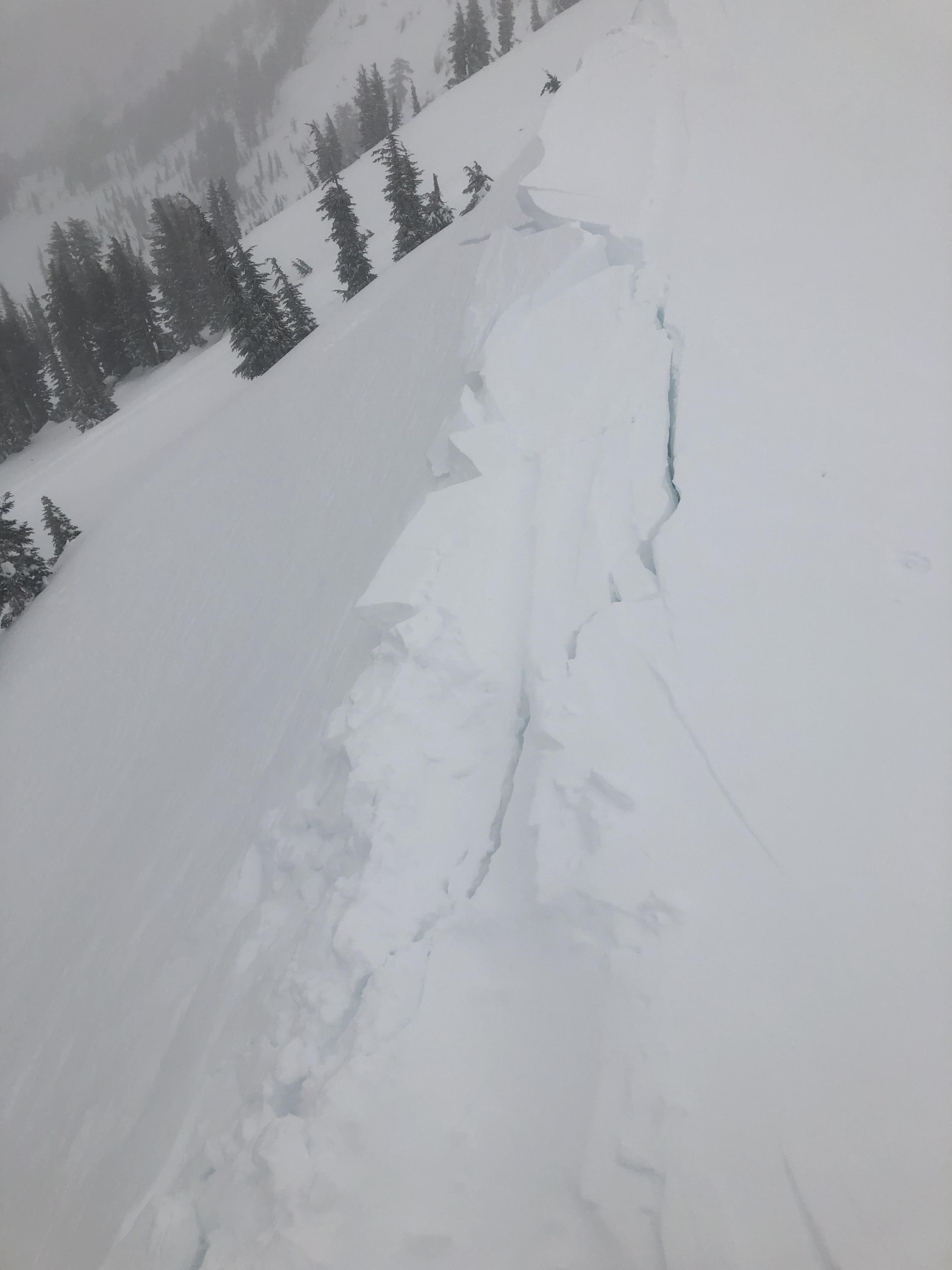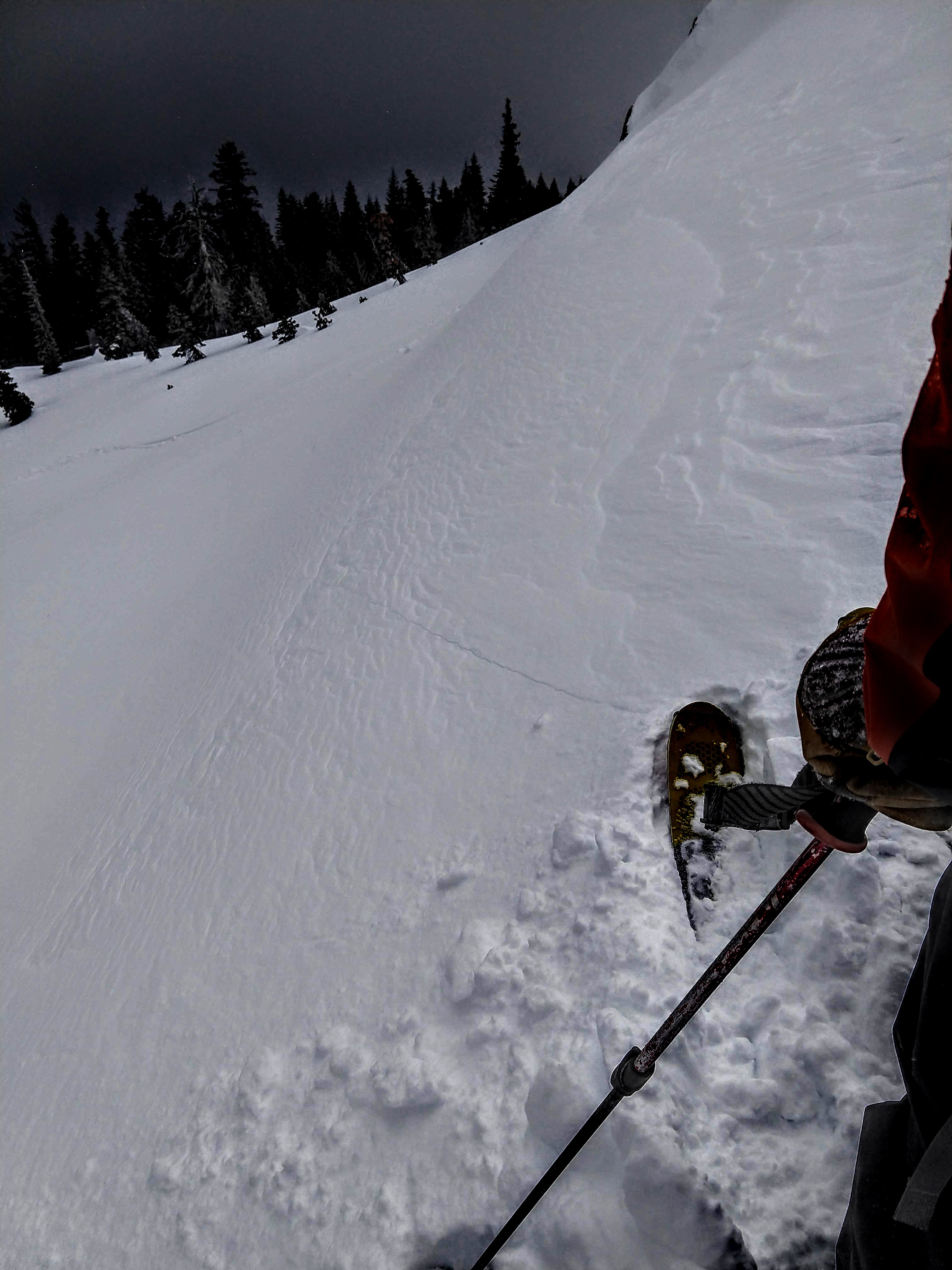| Sunday | Sunday Night | Monday | |
|---|---|---|---|
| Weather: | Partly cloudy then becoming mostly cloudy. Slight chance of snow in the afternoon. Snow levels below 7000 feet. Chance of precipitation is 10%. | Mostly cloudy. Chance of snow. Snow levels below 7000 feet. Chance of precipitation is 50%. | Mostly cloudy then becoming partly cloudy. Slight chance of snow. Snow levels below 7000 feet. Chance of precipitation is 15%. |
| Temperatures: | 28 to 33 deg. F. | 18 to 23 deg. F. | 30 to 36 deg. F. |
| Mid Slope Winds: | Southwest 15 to 25 mph. Gusts up to 35 mph increasing to 50 mph in the afternoon. | Southwest 20 to 35 mph with gusts to 70 mph. | Southwest 15 to 25 mph with gusts to 50 mph. |
| Expected snowfall: | No accumulation. | SWE = none. | 80% probability of 1 to 4 inches. 20% probability of 4 to 6 inches. | SWE = up to 0.15 inch. | 20% probability up to 1 inch. 80% probability no accumulation. | SWE = trace amounts. |
| Sunday | Sunday Night | Monday | |
|---|---|---|---|
| Weather: | Partly cloudy then becoming mostly cloudy. Slight chance of snow in the afternoon. Snow levels below 7000 feet. Chance of precipitation is 10%. | Mostly cloudy. Chance of snow. Snow levels below 7000 feet. Chance of precipitation is 50%. | Mostly cloudy then becoming partly cloudy. Slight chance of snow. Snow levels below 7000 feet. Chance of precipitation is 15%. |
| Temperatures: | 24 to 30 deg. F. | 15 to 20 deg. F. | 26 to 32 deg. F. |
| Ridge Top Winds: | Southwest 20 to 35 mph with gusts to 60 mph. | Southwest 30 to 50 mph with gusts to 75 mph. | Southwest 25 to 35 mph with gusts to 60 mph. |
| Expected snowfall: | No accumulation. | SWE = none. | 80% probability of 1 to 4 inches. 20% probability of 4 to 6 inches. | SWE = up to 0.15 inch. | 20% probability up to 1 inch. 80% probability no accumulation. | SWE = trace amounts. |



























